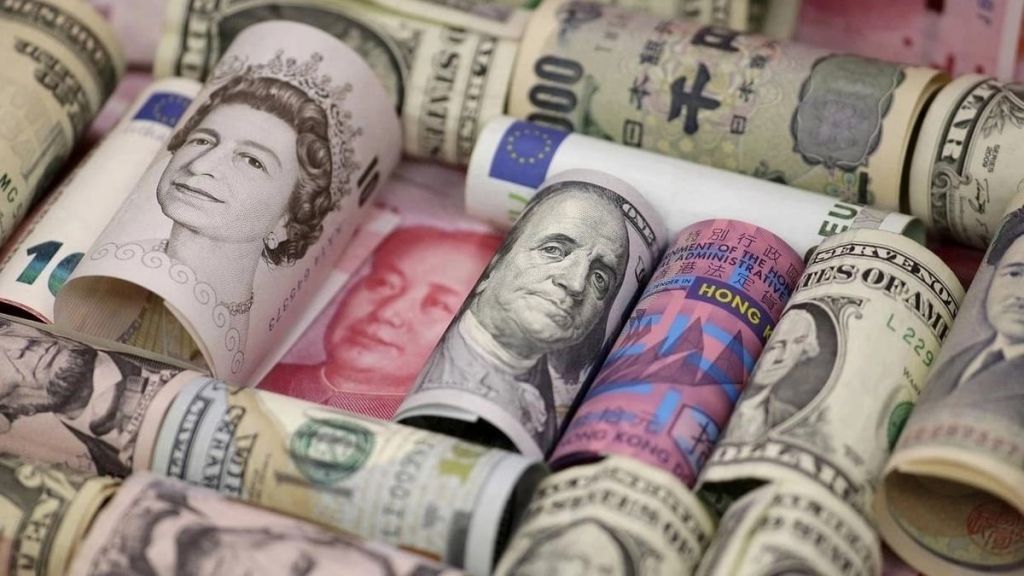
Last week’s decision by the US Federal Reserve to cut interest rate by 50 basis points for federal funds is a strong indication of the improving state of the US economy. For, without the wise men and women who sit on the Federal Monetary Policy Committee being convinced about the downward trajectory of consumer prices and the continuing pick-up in growth, they would have maintained status quo on interest rates. After last week’s cut, the first in four years, federal funds interest rate will range between 4.75 to 5 percent. If the prices hold, and growth improves there could be a further monetary easing. The Fed will consider further cuts `meeting-by-meeting’, as its Chairman Jerome Powell said, but maintained that they would proceed cautiously, thus dampening the enthusiasm of some who expected the rate to be pared down drastically in the next few quarters. In fact, there was some surprise at last week’s decision since there was a near certainty over a quarter percent cut. Equity markets seemed to have already internalized the Fed cut even before the official decision. This explained the less than enthusiastic response of the US markets to the fifty basis points cut in the Fed rate. It is a paradox of the US situation that for ordinary voters consumer price inflation still remains a huge concern whereas the Fed after fully considering retail inflation seems to have concluded the downward trajectory of consumer prices is a reality. Consumer Price Index was down to 2.5 percent last month and the Fed expects it to fall to 2.3 percent by the end of the year. Stabilizing consumer prices would provide the Fed further elbow room to consider further rate cuts. Eventually, with the economic indicators remaining harmonious, the target for Fed may be to bring the federal funds rate between 2.5 to 3 percent by end-2026. Lest there occur interventions by unforeseen actors in the global economic sphere, the ideal lending rate of up to three percent could provide the much-needed boost to economic stability and growth. A higher trajectory of interest rates has dogged the global economy since the 2008 financial crisis. Though the unemployment rate in the US is crawling up, rising from 3.7 percent at the end of last year and now standing at 4.4 percent, the monetary easing kick-started last week may improve the jobs market. However, once the uncertainty surrounding the US presidential race clarifies later in the year, the Fed may find itself on a firmer ground in order to follow up on its monetary policy easing inputs. Likewise, central banks in other countries in the West and in the emerging Asian economies will feel confident to undertake gradual rate-cutting for boosting growth. Meanwhile, India will hope that the Fed rate-cut will lead to a greater inflow of dollars into the equity markets and also somewhat ease pressure on the rupee, but whether the RBI’s Monetary Policy Committee will follow the US lead was unclear. However, there can be no mistaking the downward trajectory of interest rates at home as well, especially when the pressure on consumer prices is likely to ease at the end of the monsoon season.